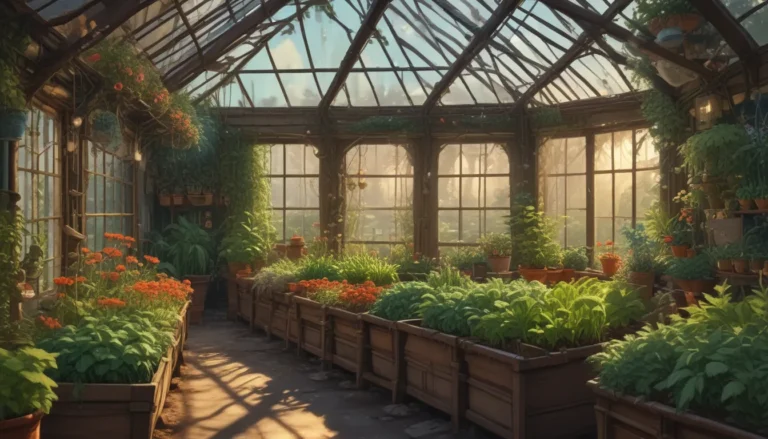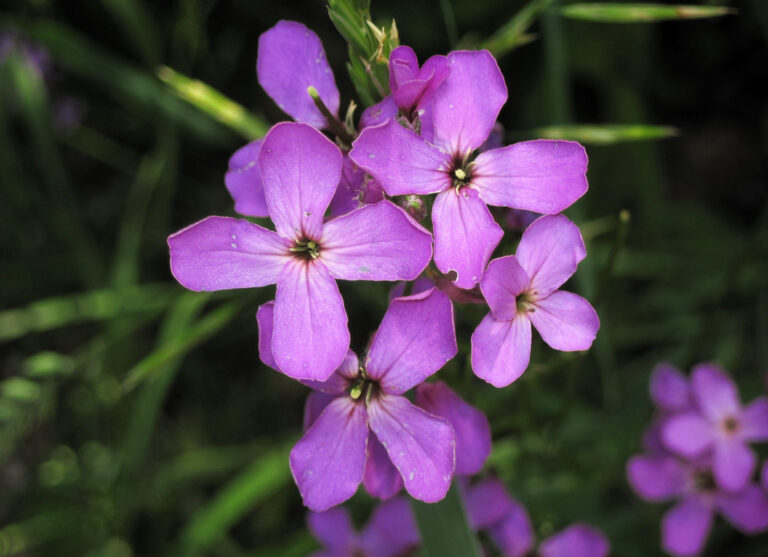What to Do When the Top of Your Tree Dies: A Comprehensive Guide

Have you ever experienced the bizarre phenomenon where the top part of your tree suddenly dies, leaving behind an unsightly trunk surrounded by healthy branches? Unfortunately, this is a common issue that many gardeners face. In this guide, we will delve into the common causes of treetop death, explore potential solutions, and share tips on how to revive your beloved tree.
Common Causes of Treetop Death
Understanding the root causes of the demise of the top part of a tree is crucial in addressing this issue effectively. Let’s take a closer look at some of the common reasons why the leader of a tree may die:
1. Root Stress
One of the primary reasons for the death of the top part of a tree is root stress. Skip Richter, a county extension agent in horticulture, explains, “A tree tries to maintain a balance between the top and the underground system. If you lose roots, you’re going to lose something above ground.”
Root stress can result from recent construction near the tree, soil compaction, or root girdling, where roots coil around the base of the tree and constrict sap flow.
2. Drought
Inadequate water supply can also lead to the death of the top part of a tree. To prevent drought-induced treetop death, ensure your tree receives a deep soaking every two weeks, especially during dry spells.
3. Insects
Certain insects, such as bark beetles like emerald ash borers, can cause damage to trees, particularly young or old ones. Look for entry and exit holes in the branches and trunk, and keep an eye out for woodpeckers, which may indicate an insect infestation.
4. Inadequate Soil
Soil quality plays a significant role in the health of your tree. Thin, rocky, or sandy soil may not provide the necessary stability or nutrients for a tree to thrive. Ensure you plant trees that are native or well-suited to your soil conditions.
Tips for Remedying Treetop Death
If you find yourself facing the unfortunate situation where the top of your tree has died, don’t despair. There are steps you can take to help revive your tree and encourage new growth:
1. Pruning
Immediately cut back the deadwood to remove any diseased or damaged branches. It’s advisable to consult a certified arborist to ensure the proper removal of dead material and avoid further damage to the tree.
2. Watering
Provide your tree with adequate water to support its recovery. Water deeply and infrequently, ensuring the top 10 to 12 inches of soil are moist to encourage root growth.
3. Fertilization
Fertilize your tree to promote healthy growth. However, be cautious with herbicide-containing fertilizers, as they can harm trees if not applied correctly.
4. Hope and Patience
Lastly, have faith in Mother Nature’s resilience. Trees have a remarkable ability to recover from damage and sprout new growth. Be patient and give your tree time to heal and regenerate.
Success Stories and Encouragement
Despite the challenges of dealing with treetop death, there is hope for your tree’s recovery. Just like our cedar elm, which sprouted new leaders and thrived in a new location, trees have a remarkable capacity for resilience.
While the outcome may be uncertain, remain optimistic about your tree’s future. With proper care and attention, your tree may surprise you with its ability to bounce back and continue to flourish in your garden.
Have you experienced treetop death in your garden? Share your experiences, remedies, and success stories in the comments below. Let’s celebrate the resilience of trees and the joy they bring to our outdoor spaces.
In conclusion, caring for trees requires patience, knowledge, and a deep appreciation for the natural world around us. By understanding the common causes of treetop death and taking proactive steps to address them, you can help your trees thrive and flourish for years to come. Remember, with the right care and attention, even a seemingly doomed tree can find new life and beauty in your garden.





